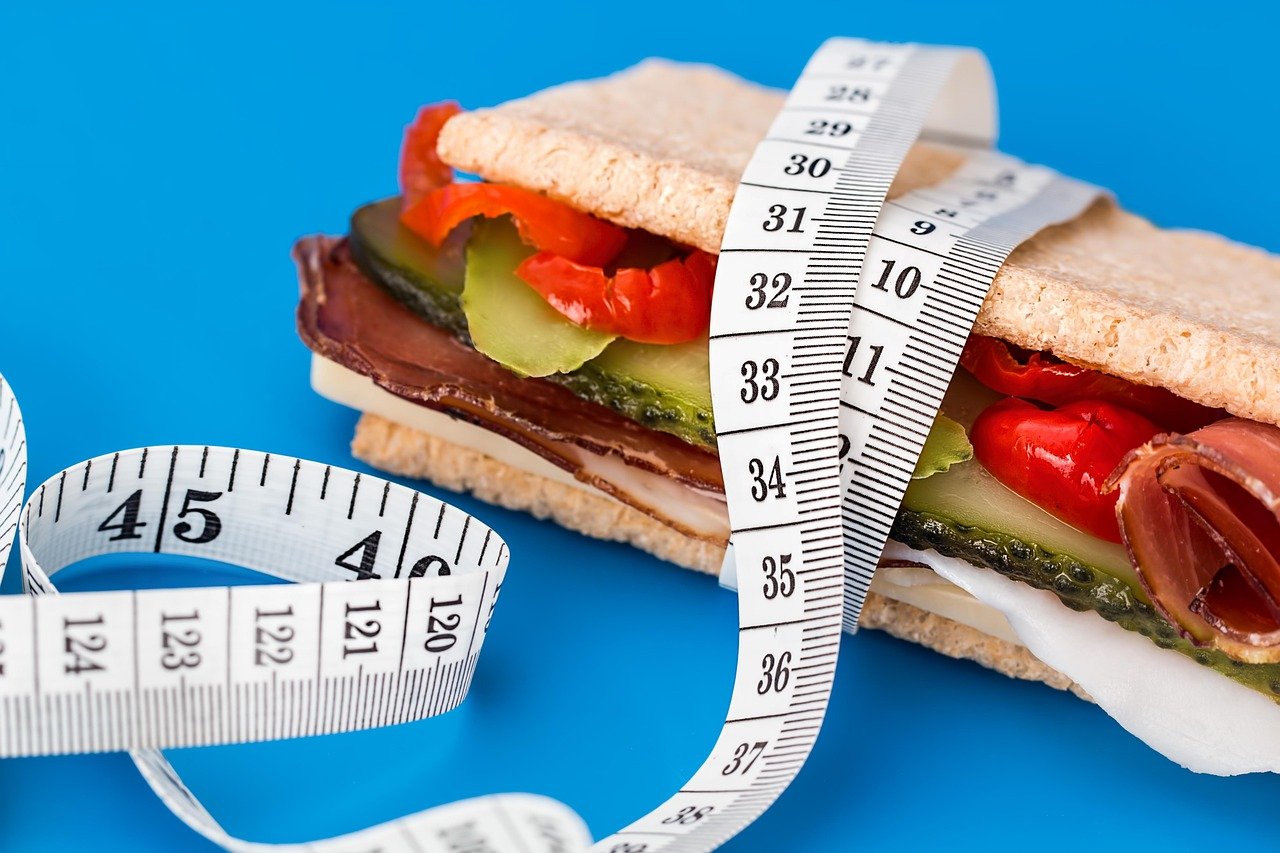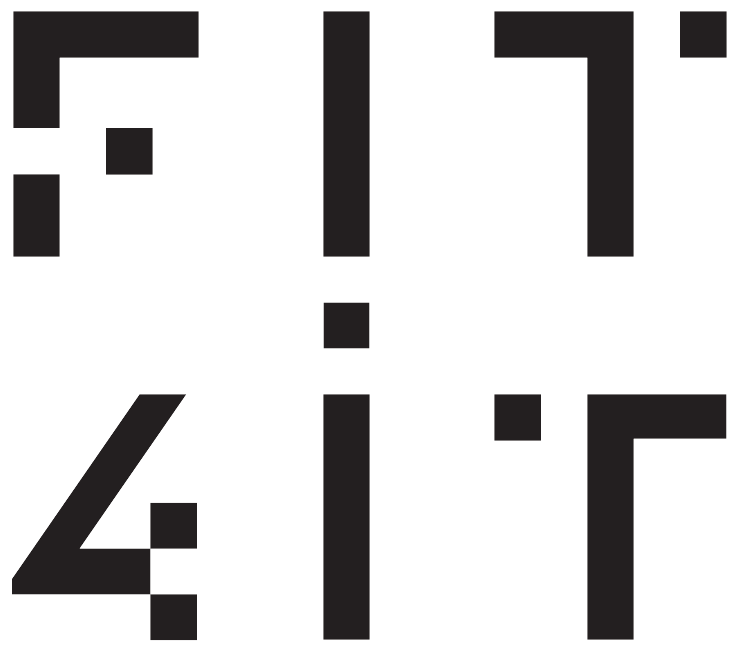You’ve tried the diets. You’ve followed the workouts. But somewhere between what you’re eating and how you’re training, the results still feel… off. At FIT4IT, we hear this all the time:
- “I’m eating clean, so why aren’t the results showing?”
- “Should I eat more to gain muscle or less to lose fat?”
- “What’s my ideal goal weight really supposed to be?”
The truth is, without calculating your calorie needs based on your unique body, you’re left making blind guesses. Whether your goal is fat loss, muscle gain, or simply maintaining your weight, this guide walks you through the process clearly. You’ll also learn how to factor in your body fat percentage to create a more personalized fat loss plan, because the number on the scale doesn’t tell the whole story.
Step 1: Calculate Your BMR (Basal Metabolic Rate)
Your BMR is the number of calories your body burns at rest just to stay alive. It powers your heart, lungs, brain, digestion, and everything else you don’t consciously control.

Calculating your calorie needs helps you understand how much energy your body requires to function.
Think of it as your body’s “baseline fuel requirement.”
BMR Formula for Men:
(10 × weight in kg) + (6.25 × height in cm) – (5 × age in years) + 5
A 25-year-old man who weighs 70 kg and is 170 cm tall would have a BMR of: (10 × 70) + (6.25 × 170) – (5 × 25) + 5 = 1642 calories/day That’s how many calories his body needs just to keep functioning, without any activity added in.
Step 2: Calculate Your TDEE (Total Daily Energy Expenditure)
Now let’s factor in your daily movement. Your TDEE is the total number of calories you burn in a day, including walking, training, fidgeting, thinking, and even digesting your food.
To find your TDEE, multiply your BMR by your activity level:
| Activity Level | Multiplier | Description |
|---|---|---|
| Sedentary | 1.2 | Little or no exercise |
| Lightly Active | 1.35 | 1–3 light workouts/week |
| Moderately Active | 1.55 | 3–5 moderate workouts/week |
| Very Active | 1.75 | 6–7 intense workouts/week |
| Extremely Active | 2 | Intense daily training or a physical job |
If your BMR is 1642 and you’re moderately active: 1642 × 1.55 = 2545 calories/day That’s your estimated TDEE, the total calories your body burns each day.
Step 3: Set Your Daily Intake Based on Your Goal
Once you’ve calculated your TDEE, you can adjust your calorie intake depending on whether you want to lose fat, gain muscle, or maintain weight.
To Maintain Weight:
Eat at your TDEE → in this case, 2545 calories/day.
To Lose Body Fat:
Create a calorie deficit of 300–500 calories/day → aim for 2045–2245 calories/day. This typically leads to a fat loss of around 0.5–1 kg per week. If you’re unsure about how to structure your meals or balance your macros, consulting a qualified nutritionist can help tailor your diet to your body’s needs.
To Build Muscle:
Create a calorie surplus of 250–500 calories/day → aim for 2795–3045 calories/day. Combined with progressive strength training, this supports lean mass gain while minimizing fat storage.
Step 4: Use Body Fat Percentage to Define Your Target More Accurately
While calorie math is essential, knowing your body fat percentage gives your goal even more clarity.
Let’s break this down with a simple example:
Someone weighs 85 kg and has 30% body fat.
That means:
- Fat mass = 85 × 0.30 = 25.5 kg
- Lean mass = 85 – 25.5 = 59.5 kg
Let’s say their goal is to reach 15% body fat. Since we want to preserve lean mass, we can calculate their goal weight using this formula:
Target Weight = Lean Mass / (1 – Desired Body Fat %)
So:
59.5 / (1 – 0.15) = 59.5 / 0.85 = 70 kg
This individual should aim to reduce their weight from 85 kg to 70 kg to reach 15% body fat. That means a target fat loss of 15 kg, while maintaining their current muscle and lean tissue.
This is far more accurate than setting a goal weight based on a random number. It aligns your fitness target with your body composition. What your body is actually made of.
To use this method:
- Calculate your Lean Mass = Weight × (1 – Current Body Fat %)
- Plug into the formula = Lean Mass ÷ (1 – Target Body Fat %)
Once you know this number, you can use it to track how much fat, not just weight, you need to lose.
How to Track Progress Effectively
Knowing your targets is one thing, staying consistent is another. Here’s how to make the process work in real life:
- Track calories using apps like MyFitnessPal or Cronometer.
- Reassess your body fat percentage every 4–6 weeks.
- Use averages, not daily fluctuations, to track trends.
- Include strength training to preserve muscle mass while in a calorie deficit.
- Avoid under-eating, too large a deficit can lead to fatigue, binge episodes, or muscle loss
- Prioritize recovery and sleep, which affect hormone levels and appetite regulation

Without knowing your calorie needs, you risk under-eating or over-eating, both of which can stall progress and affect your health.
It’s easy to get caught up in workout routines and clean eating trends, but without taking the time to calculate calories needs, progress often stalls. Your body runs on numbers, energy in, energy out, and if those numbers aren’t aligned with your personal goals, you’re just spinning your wheels. By understanding how to calculate your calorie needs based on your BMR, activity level, and body composition, you can create a plan that’s precise, effective, and built for long-term results.
For those who want extra support, working with a personal trainer can provide the structure, accountability, and customized programming to stay on track.
At FIT4IT, we help clients move beyond calorie myths and “clean eating” fads by giving them the tools to approach fitness with clarity, control, and confidence.
Further Reading & References
- Mifflin-St. Jeor Equation – Basal Metabolic Rate (BMR) Formula. A widely accepted formula for estimating BMR, used by health professionals. https://www.ncbi.nlm.nih.gov/pubmed/8773653
- Total Daily Energy Expenditure (TDEE): What It Is and How to Calculate It – Healthline. Clear explanation of how to calculate TDEE and how it relates to your fitness goals. https://www.healthline.com/nutrition/how-many-calories-per-day
- Position of the Academy of Nutrition and Dietetics: Nutrition and Athletic Performance. A foundational paper discussing energy balance, calorie needs, and macronutrient timing for athletes. https://www.ncbi.nlm.nih.gov/pubmed/26891166
- Energy Balance and Weight Control – Harvard T.H. Chan School of Public Health. Detailed explanation of how calorie intake and expenditure affect body weight. https://www.hsph.harvard.edu/obesity-prevention-source/obesity-causes/energy-balance/
Was this helpful?
Good job! Please give your positive feedback
How could we improve this post? Please Help us.






No Comments